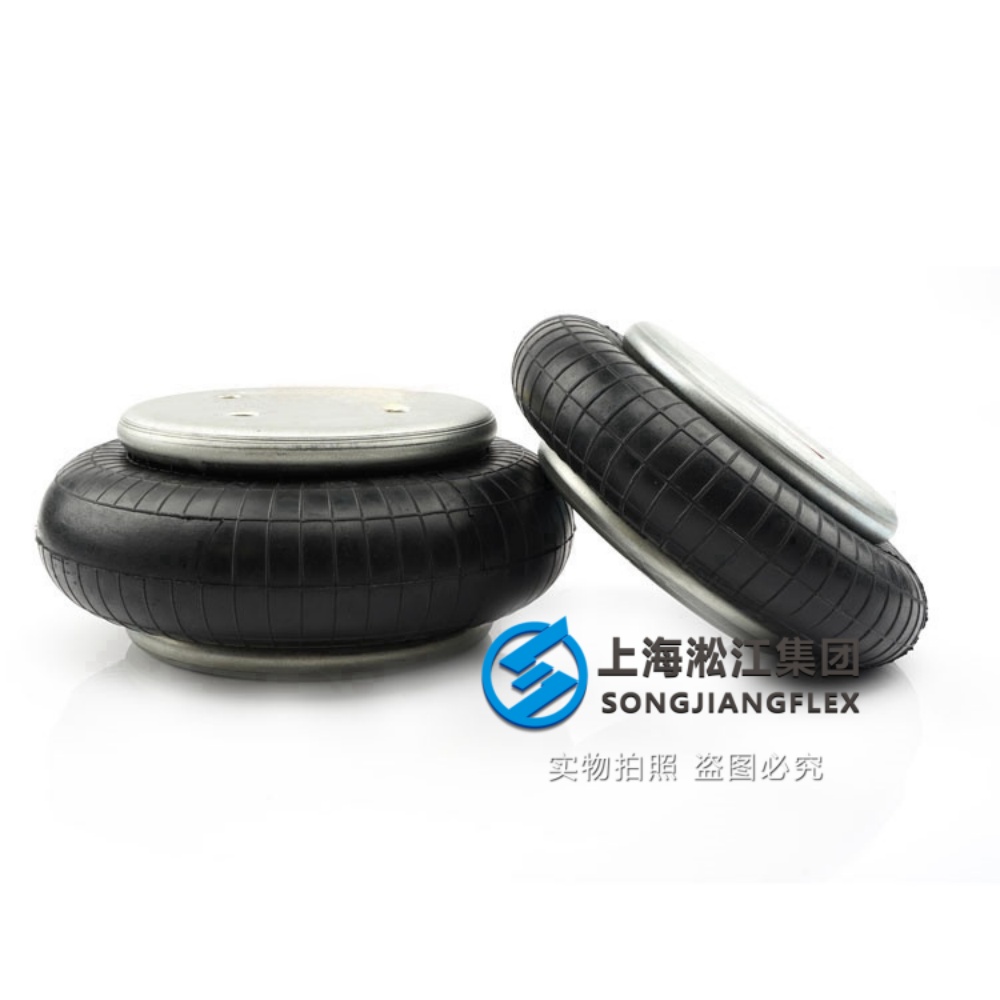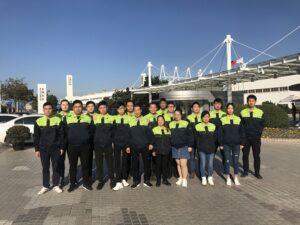Why Are Air Springs Used in Air Conditioning Units?
Air springs in air conditioning units often produce unwanted vibrations and noise, affecting comfort and equipment life. Air springs effectively isolate these vibrations, ensuring stable operation and quiet performance.
Air springs in HVAC systems absorb vibrations and reduce noise through adjustable air pressure. Compared to traditional rubber pads or steel springs, they offer superior low-frequency isolation, protect compressors and fans, and extend the lifespan of the entire air conditioning unit.
Let’s explore air spring installation, performance benefits, maintenance, and why engineers prefer them in modern HVAC systems.
1. What Role Do Air Springs Play in Air Conditioning Units?
Air springs act as a flexible support that absorbs vibration energy, reducing the transmission of mechanical vibrations from the unit to the building structure.
By adjusting air pressure, air springs provide adaptive isolation across a wide load range. They minimize low-frequency vibrations, reduce resonance, and protect HVAC components from mechanical stress.
Air springs safeguard critical components like compressors, fans, and piping systems. They prevent structure-borne noise, which is especially important in office buildings, data centers, and hospitals. Unlike rigid mounts, air springs maintain consistent vibration control under varying operational loads, enhancing both comfort and equipment longevity.
2.How Are Air Springs Installed in HVAC Equipment?
Proper installation ensures optimal performance. Air springs are typically positioned under the unit’s base or support frame to evenly distribute the load.
Installation involves precise placement, alignment, and air pressure calibration. Incorrect installation can reduce isolation efficiency and lead to uneven load distribution.
For different systems, including chillers, AHUs, and split units, air springs are selected based on weight and vibration characteristics. Engineers must consider machine orientation, airflow clearance, and mounting surface stiffness. Regular inspection ensures stability and avoids tilt or overloading issues that compromise isolation performance.
3. What Are the Advantages of Air Springs Compared with Traditional Isolators?
Air springs outperform rubber pads and steel springs in low-frequency vibration control, adjustable load support, and long-term durability.
They provide superior isolation for low-frequency vibrations and offer adjustable stiffness. Air springs adapt to varying load conditions, outperforming traditional isolators in comfort, noise reduction, and component protection.
Air springs from airspringo can replace well-known international brands like Firestone, Contitech, or Dunlop, providing customizable solutions at competitive prices. Their versatility makes them suitable for both retrofitting existing HVAC systems and new installations, maintaining stable performance even under heavy loads or fluctuating environmental conditions.
4. What Performance Factors Affect Air Spring Efficiency?
Air spring performance depends on factors like load, air pressure, temperature, and operational frequency.
Incorrect load distribution, low air pressure, or extreme temperature changes can reduce isolation effectiveness. Proper selection ensures consistent vibration control and long service life.
Engineers should consider the unit’s total weight, vibration amplitude, and operating environment. Selecting the right air spring model and adjusting air pressure according to manufacturer specifications guarantees optimal performance. Temperature variations, UV exposure, and long-term fatigue should also be factored into preventive maintenance plans.
5.Why Do Engineers Prefer Air Springs in Modern HVAC Systems?
Modern building designs require quiet, energy-efficient, and vibration-free HVAC operations. Air springs meet these requirements better than traditional isolators.
Air springs are ideal for data centers, commercial offices, and hospitals. They provide precise vibration control, enhance comfort, and protect sensitive equipment.
Incorporating air springs into HVAC design aligns with green building and low-noise standards. Engineers favor them for their adjustable isolation, reliability under dynamic loads, and ability to reduce structural-borne vibrations, making them a critical component in sustainable and high-performance HVAC systems.
6. How to Maintain and Troubleshoot Air Springs in HVAC Units?
Proper maintenance ensures long-term efficiency and avoids unexpected downtime.
Check air pressure regularly, inspect rubber components for aging, and verify mounting stability. Early troubleshooting prevents costly repairs and unit downtime.
Maintenance steps include periodic pressure adjustment, visual inspection for cracks or leaks, and replacement of worn parts. Monitoring vibration patterns helps detect anomalies. Proper maintenance ensures optimal vibration isolation, prolongs air spring life, and maintains quiet operation for the entire HVAC system.
7.What Are the Cost and ROI Considerations of Installing Air Springs?
Air springs may have higher initial costs, but their long-term benefits outweigh the investment.
They reduce maintenance expenses, lower energy losses, and prevent noise complaints, offering a strong return on investment.
Compared to traditional isolators, airspringo air springs deliver superior performance, extending equipment lifespan and reducing operational risks. Evaluating ROI includes calculating reduced downtime, energy savings, and fewer complaints. The cost-effectiveness increases for high-end installations, such as data centers or hospitals, where vibration and noise control is critical. For more details, visit airspringo air springs.
Summary
Air springs provide efficient vibration isolation, noise reduction, and equipment protection. Contact airspringo for expert selection and high-quality solutions for all HVAC applications.






